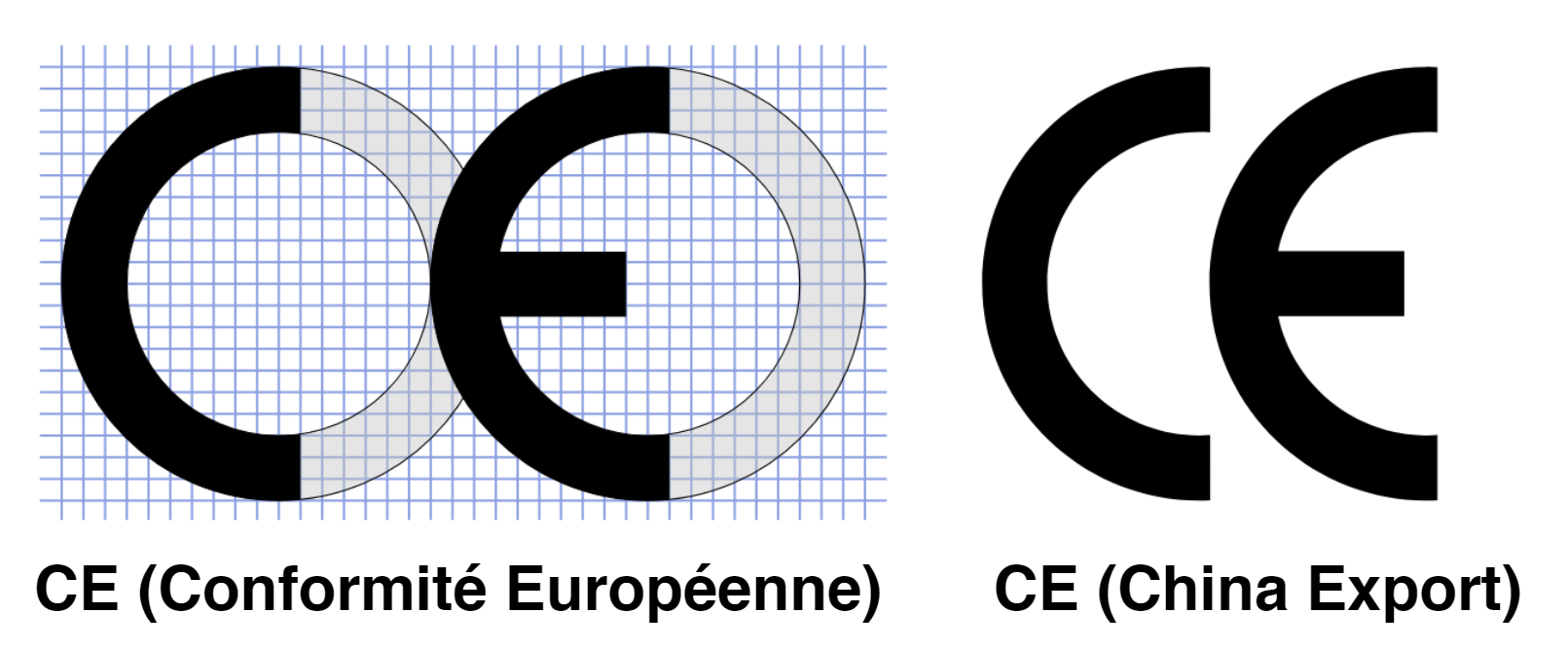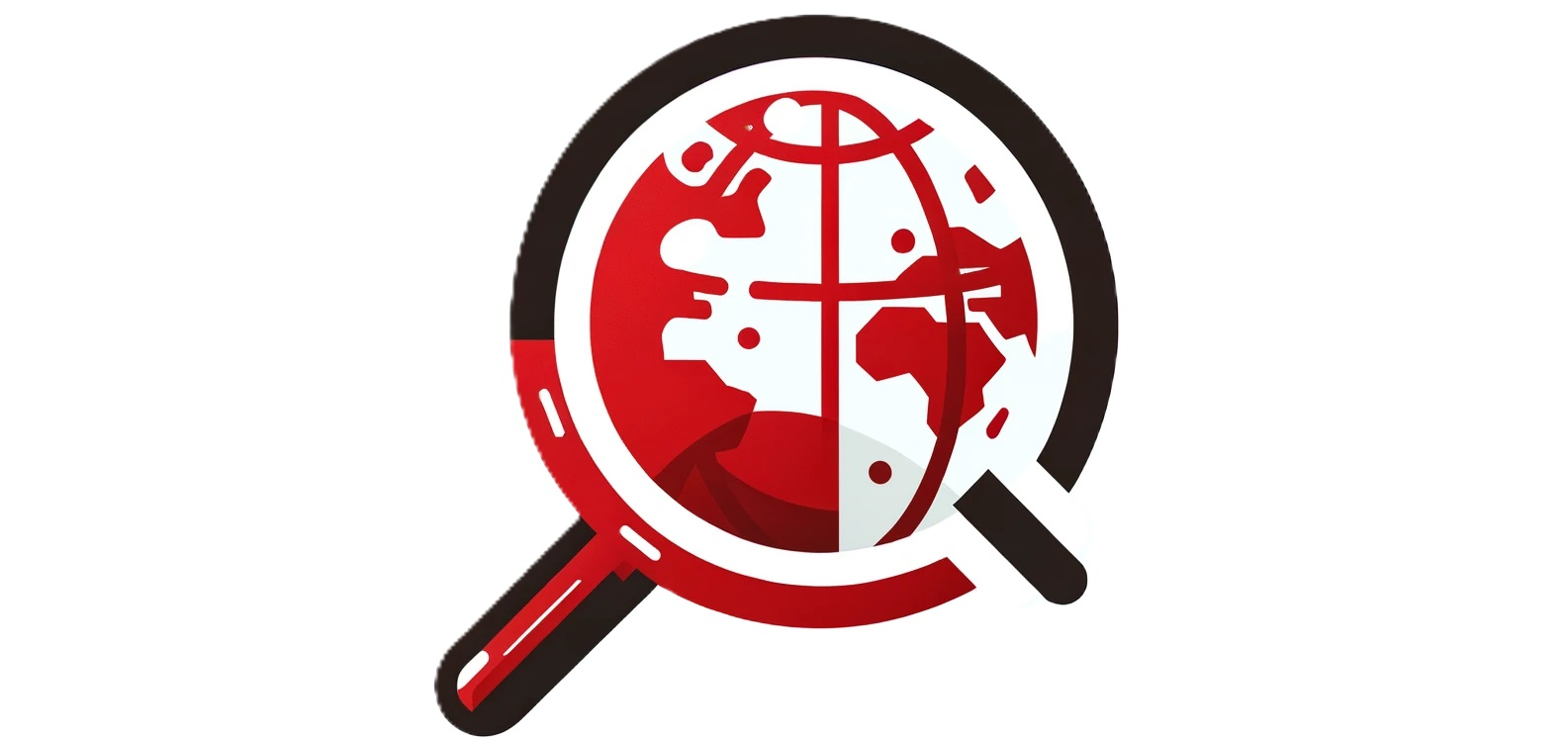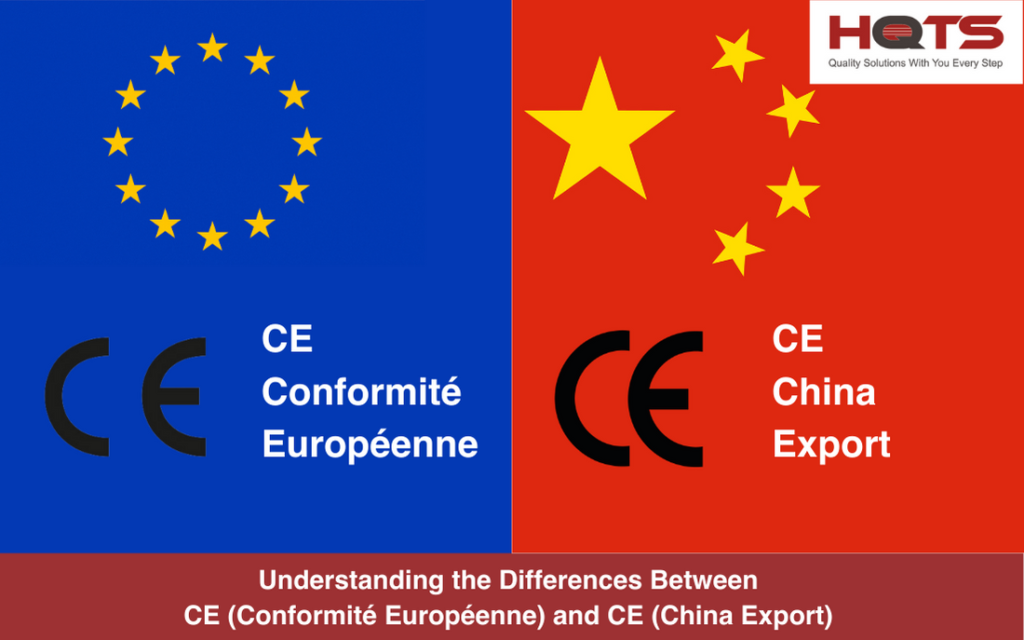When importing products from China, it’s crucial to be well-versed in the essential markings and symbols that guarantee safety and compliance. Among these, two that often cause confusion are the CE (Conformité Européenne) and CE (China Export) markings. While they share the same initials, these markings serve vastly different purposes and come from entirely distinct regulatory landscapes. This article aims to clarify the differences between CE (Conformité Européenne) and CE (China Export) markings, helping businesses and consumers understand their significance.
CE (Conformité Européenne): Ensuring European Compliance
CE, when it stands for Conformité Européenne, is a symbol of utmost importance within the European Union (EU). It represents compliance with EU regulations and standards, demonstrating that a product meets the safety and quality requirements necessary for it to be sold within the EU market.
Key Characteristics of CE (Conformité Européenne):
- EU Regulatory Compliance: The CE mark affirms that a product conforms to EU directives and standards, covering a wide range of industries and products, from electronics to machinery and toys.
- Verification by the Manufacturer: Manufacturers are responsible for ensuring that their products meet the essential requirements and undergo appropriate conformity assessment procedures.
- Third-Party Certification: In some cases, third-party certification bodies like AQM BD may be involved in the assessment process to verify compliance.
- Mandatory for Some Products: For certain products, affixing the CE mark is mandatory before they can be legally sold within the EU.
- Product Safety: CE (Conformité Européenne) emphasizes product safety, consumer protection, and adherence to environmental regulations.
CE (China Export): A Misleading Abbreviation
CE markings with “China Export” are not related to European compliance or regulatory standards. Unfortunately, these markings can be misleading and are sometimes used unscrupulously to deceive buyers into thinking a product has received the CE (Conformité Européenne) certification when it has not.
Key Characteristics of CE (China Export):
- Not a Certification: CE (China Export) does not represent any form of official certification or compliance with EU standards.
- Unregulated Use: Unlike CE (Conformité Européenne), CE (China Export) markings are not subject to any specific regulations or standards.
- Deceptive Practices: Some manufacturers or exporters may use the CE (China Export) mark to falsely imply European compliance, potentially putting consumers at risk.
- Not Recognized in the EU: CE (China Export) markings have no legal standing within the European Union and are not recognized as proof of compliance.
Distinguishing between CE (Conformité Européenne) and China Export symbols
The primary visual contrast between the China Export symbol and the CE (Conformité Européenne) lies in the arrangement of the letters. When it comes to the European CE marking, the initials maintain a consistent and proportional distance between the two characters. In contrast, on the Chinese CE marking, you’ll notice a distinct lack of space between them, with the letters being much closer to each other.

Ensuring Compliance and Consumer Safety
To avoid potential pitfalls and ensure compliance and safety, businesses and consumers need to be vigilant when encountering products with CE markings. AQM BD can help you to verify the legitimacy of CE markings by checking for additional documentation, such as certificates and declarations of conformity. When in doubt, consult our regulatory experts to confirm the authenticity of CE markings and the compliance of products entering the EU market.
In conclusion, while CE markings may share initials, they represent fundamentally different concepts. CE (Conformité Européenne) signifies compliance with rigorous EU regulations, while CE (China Export) should be regarded with caution, as it lacks any official regulatory significance within the EU. Staying informed and vigilant is the key to ensuring both compliance and consumer safety in today’s global marketplace.





